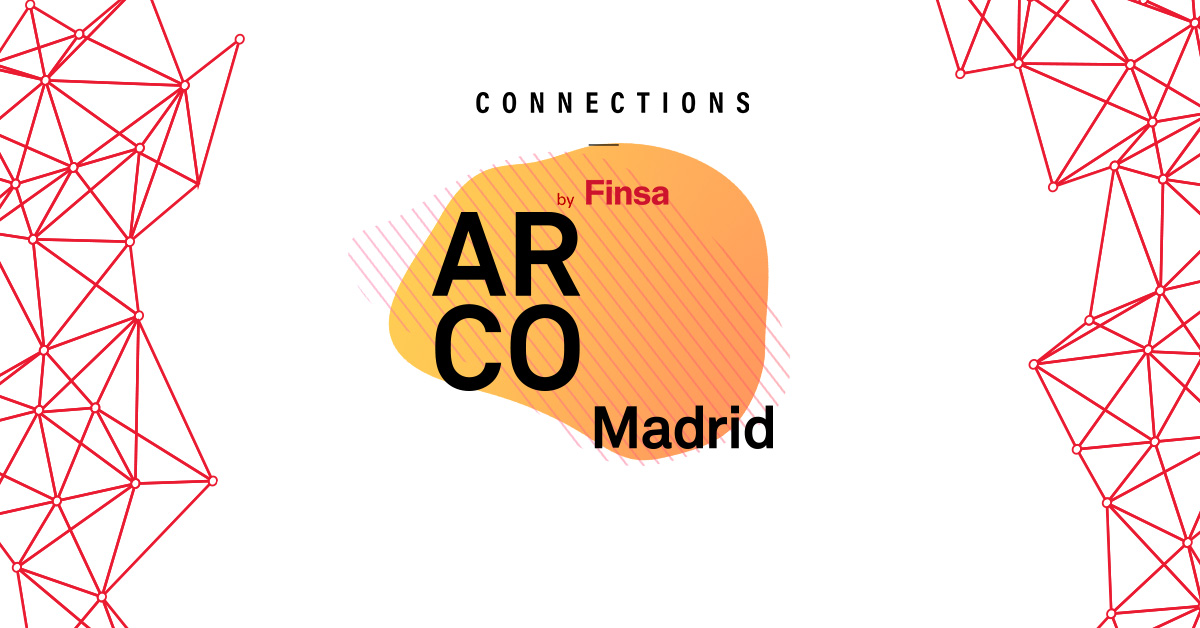The images of deserted cities that we saw during lockdown became a symbol of the times. The pandemic paralysed us and revealed that there was much more to those empty streets than just a striking photo. It wasn’t just the pandemic that was threatening our health, but also a wave of economic and social consequences that reinforced the need to focus on the importance of urban mobility in our lives.
As lockdowns eased, we began to move around again. But just as our social and work habits had changed, so had the way we moved around. People were using public transport less, restrictions were introduced to ensure social distancing was being observed, micromobility skyrocketed, and our preference for using our own cars increased due to our fear of catching the virus.
All of this led to new requirements being added to the goal of achieving sustainable mobility, something that big cities were already working towards. It became necessary to balance sustainability, health, social wellbeing, and the economy.
As a result, the Sustainable Development Goals became even more important and are lighting the way for the future of urban planning. Sustainable cities protect the environment, improve our wellbeing, save time, protect our health, and boost the economy. Achieving this sustainability is the big challenge that cities are now facing.
People over cars
This is all about priorities and geometry. The majority of the population lives in cities. Urban hubs are also the main site for commercial movement. But space is limited, and that’s why it’s all about prioritising these movements in the right way – opening up cities to people instead of planning them in order to facilitate vehicle traffic, making it easy for pedestrians and transport to coexist, and creating new spaces that allow for required social distancing measures to be maintained.
Is this even possible? Cities like Paris, Milan, Copenhagen, and Amsterdam have shown that yes, it is. There are many existing models for large cities, but in all of them, people and micromobility are gaining ground.
The mayor of Paris decided to implement the 15-minute city initiative with the help of Carlos Moreno, an urban planner and a professor at the Sorbonne. This plan revolves around proximity and sustainability. “The idea is to make urban life as pleasant, streamlined, and flexible as possible by creating services that are close to everyone,” says Moreno.
Implementing this utopian vision in a city looks like neighbourhoods that have all the necessary facilities just a few minutes’ walk or bike ride away, as well as space to live, shop, work, exercise, and enjoy the city. This type of planning allows us to get back what Moreno refers to as “useful time” while also improving quality of life and the environment. There’s also the added bonus that it gives the local economy a boost.
La #VilleDuQuartDHeure, c’est quoi ? C’est la ville des proximités où l’on trouve tout ce dont on a besoin à moins de 15 minutes de chez soi. C’est la condition de la transformation écologique de la ville, tout en améliorant la vie quotidienne des Parisiens.
#Hidalgo2020 pic.twitter.com/lcQbPAjdxj
— Anne Hidalgo (@Anne_Hidalgo) January 21, 2020
Milan has adopted the aforementioned model in its own way. The Milanese government designed the Strade Aperte, an ambitious mobility plan with healthy and sustainable alternatives that focus on pedestrians and promote the use of bikes.
There are new pedestrian areas, 30km/hour zones to increase safety, and 35 kilometres of new bike paths that connect different neighbourhoods to encourage intermodal transport.
Another component of Strade Aperte is a rethinking of public spaces. The plan includes the widening of sidewalks in pedestrian areas and new children’s playgrounds, play streets, and piazza aperte in areas lacking greenery.
Ver esta publicación en Instagram
Pedal power after the pandemic
The models seen in Paris and Milan are being applied in more and more cities around the world. Barcelona, London, New York, and Copenhagen have followed this example of prioritising a city’s inhabitants over vehicles and giving more space to new micromobility models.
In this Dezeen article, environmentalist George Monbiot explains that “the way to enhance freedom of movement without raising the risk of infection is to create more space. Shutting streets to cars, so pedestrians can use them instead, is a good start”.
That’s why bikes are the most efficient and effective choice for getting around. Around 2.5 billion people use bikes on a daily basis, resulting in many city centres adopting more bike-friendly layouts.
Ver esta publicación en Instagram
Sustainable urban planning expert Mikael Colville-Andersen said that “it took a pandemic for many cities to start thinking about bicycles”. Spaces have been reassigned as bike-friendly areas and the use of this type of transport has increased. Brent Toderian says that “cities that were planning infrastructure for the coming years are carrying it out now in just a few months”.
Bogota is just one example of this. Eighty kilometres of new bike lanes saw the percentage of cyclists in the Columbian capital double. In Amsterdam, which has 400 kilometres of bike-only lanes, bikes are used for 60% of all commuting. A similar percentage can be found in Copenhagen, which has 350 kilometres of bike lanes as well as bridges for pedestrians and cyclists, 16 of which have been constructed in the last few years.
Other transport alternatives are also here to stay. Electric scooters have been seen more and more alongside pedestrians and cyclists in cities. The proof is in the increasing number of rental platforms for scooters, and big companies like Lime that have seen how their profits increased by offering scooters for hire.
A similar thing is happening with motorbikes and cars. Having your own vehicle has given way to sharing one with others. Motorbike and car sharing are making a name for themselves in the new mobility landscape. These options offer electric vehicles for temporary use, meaning that the user doesn’t have to worry about finding parking or filling up the petrol tank.
A place for micromobility in cities
This move toward more sustainable and healthy urban mobility should go hand-in-hand with roads and paths that are accessible to everyone, as well as a series of measures that facilitate fluidity and safety.
Intersections are a critical point in this regard. Signage and intersections need to be redesigned so cyclists don’t find themselves trapped in a sea of traffic.
Ver esta publicación en Instagram
New routes should connect different neighbourhoods and reach intermodal terminals so that it’s easier to combine the use of different types of transport. Parking stations for new vehicles are also necessary, and they should form part of the city itself, by being integrated into green spaces or the city’s infrastructure, with underground options creating more space.
This isn’t just about planning on paper. The pandemic has shown us that sustainable urban mobility is possible and that giving the city back to the people that live there is not just a utopian fantasy but rather a reality that many cities are already living. It’s also shown us that sustainability, innovation, healthy, safety, and the economy can and should go hand-in-hand, and that, now more than ever, mobility should be thought of as a service.




